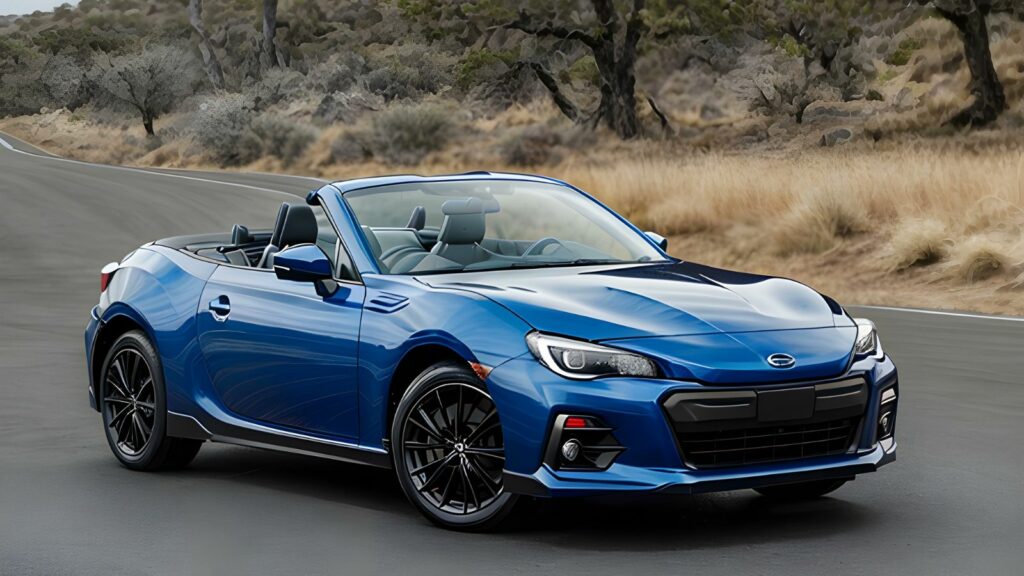Cars can turn even the most mild-mannered individual into a speed demon. Whether you’re a casual commuter or a weekend racer, the lure of aftermarket upgrades is irresistible. But not all upgrades are created equal. Some promise to turn your ride into a street legend, while others might lead you straight to the repair shop—or worse. Here are the 10 most controversial car upgrades.
Turbochargers – The Power Surge
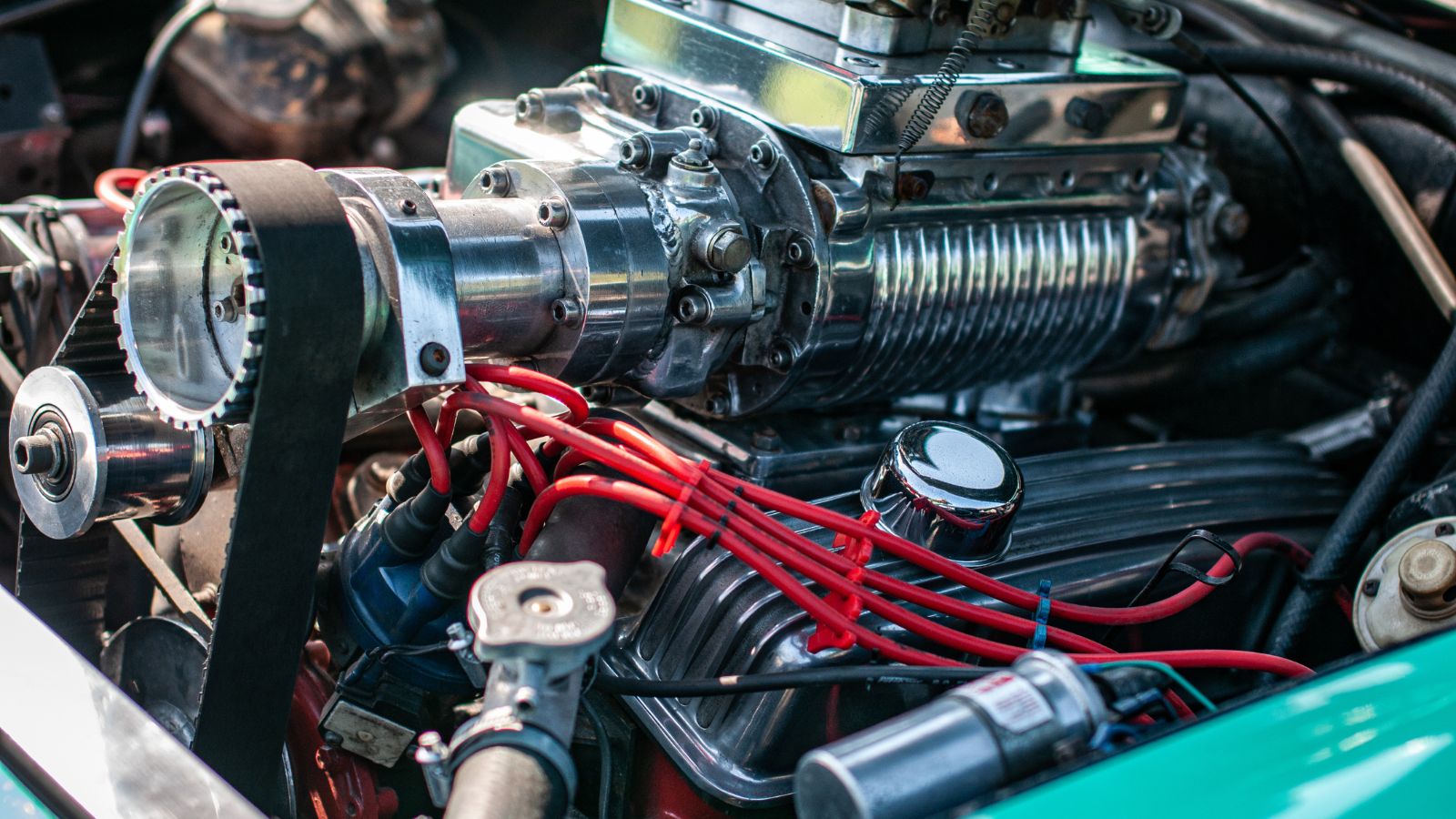
Turbochargers are the gateway drug for car modifications. Turbos force more air into the engine, burning more fuel and producing more power. Sounds great, right? The reality is a bit more complicated. The controversy lies in the strain a turbocharger puts on your engine. More power means more heat. And this can lead to engine failure. Also, improperly tuned turbo systems can cause lag when you step on the gas. Turbochargers are a classic case of “with great power comes great responsibility.”
Nitrous Oxide Systems – The Need for Speed
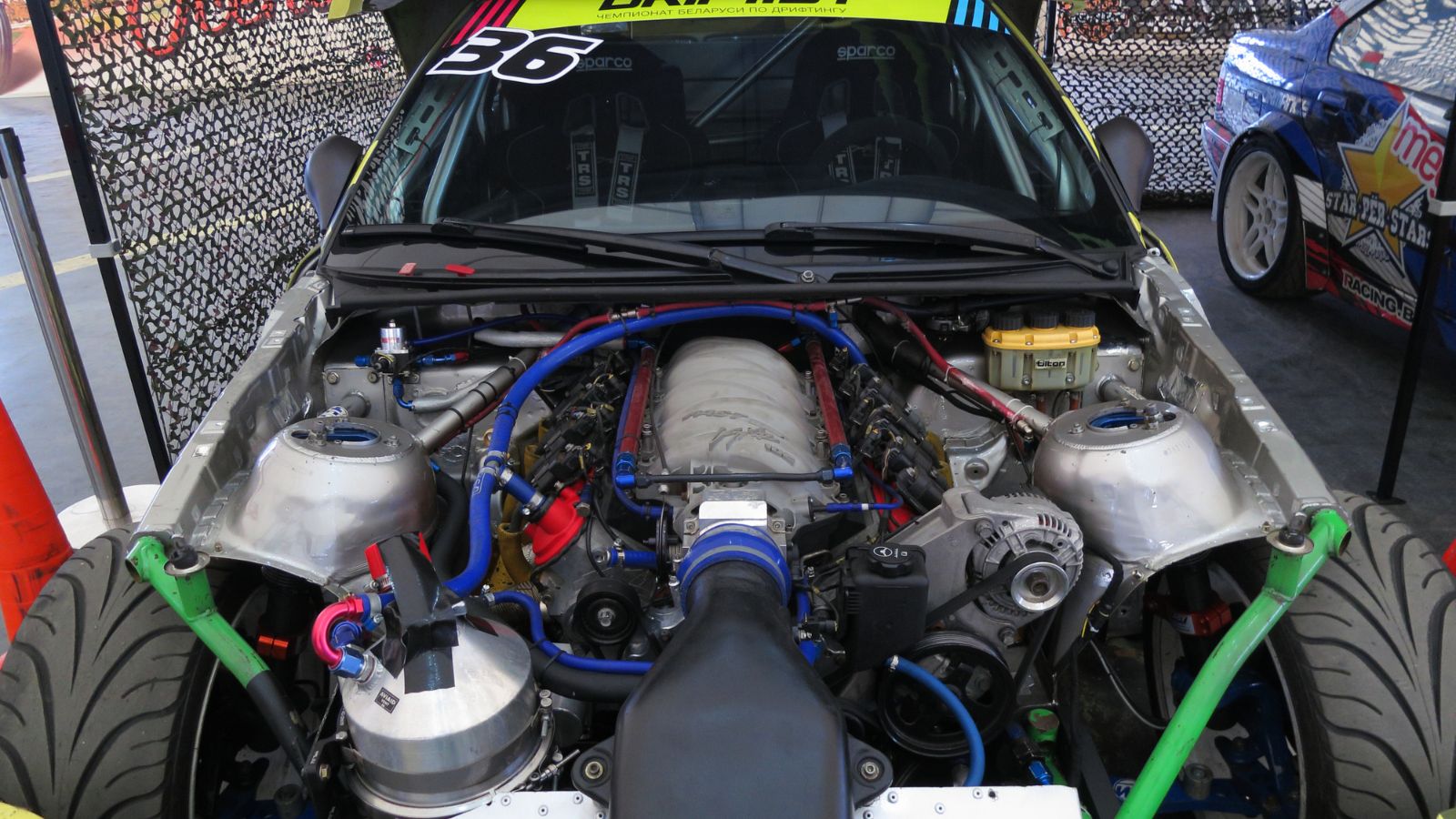
Ever seen The Fast and the Furious? If so, you know the allure of nitrous oxide systems (NOS). Press a button, and suddenly, you’re at warp speed. Nitrous oxide injects extra oxygen into the engine, allowing for a massive power boost. However, NOS can cause extreme stress on an engine, often leading to a spectacular (and costly) blow-up if not used carefully. There’s also the small matter of legality—many places frown upon NOS on public roads.
Lowering Springs – The Lowdown on Going Low
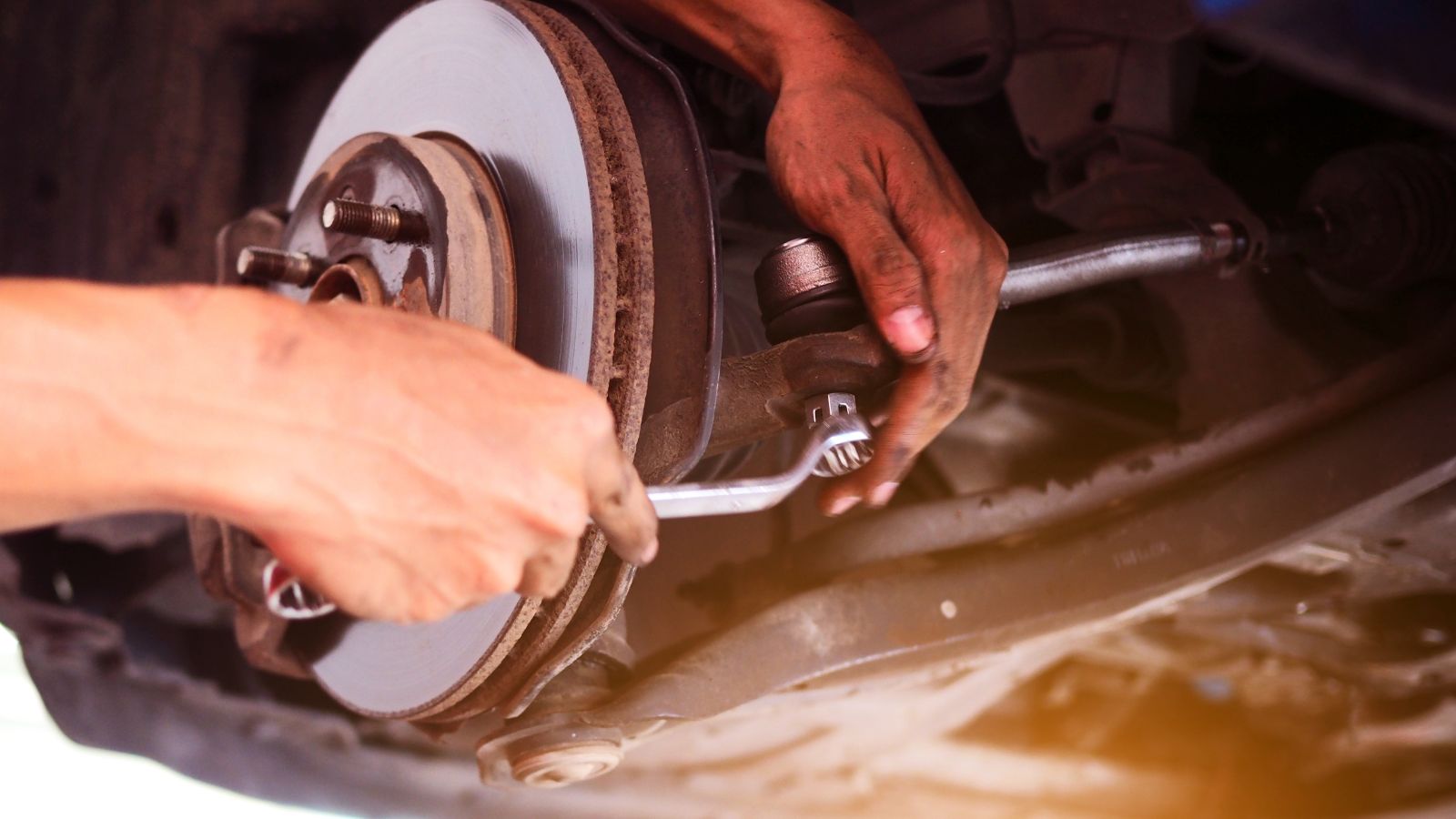
Lowering springs can give your car that sleek, hunkered-down look that screams performance. They improve handling by lowering the center of gravity, making your car feel glued to the road. But here’s the kicker: They can also turn your daily commute into a spine-jarring experience. The argument with lowering springs is twofold. First, the ride quality can suffer dramatically. Every pothole, speed bump, and pebble feels like a personal affront to your comfort. Second, improperly installed or excessively lowered springs can wreak havoc on your suspension and undercarriage. Sure, you look cool, but is it worth the dental bills?
Aftermarket Exhausts – The Sound of Controversy

Aftermarket exhausts can improve performance by reducing back pressure and increasing the flow of exhaust gases. Plus, they make your car sound straight out of a racing circuit. The contention here is about sound and legality. A loud exhaust might sound fantastic, but to your neighbors, it’s the sound of their morning being ruined. Noise ordinances and emissions laws in many places make certain aftermarket exhausts illegal.
Cold Air Intakes – A Breath of Fresh Air?

Cold air intakes (CAI) are marketed as a simple way to increase horsepower by drawing cooler, denser air into the engine. Cooler air means better combustion, which should mean more power. CAIs offer an easy and affordable performance boost. The disagreement? The actual gains are often minimal, and in some cases, they can be counterproductive. Improperly designed or placed intakes can suck in hot air from the engine bay, negating any potential benefits. Worse, poorly filtered intakes can introduce debris into the engine, leading to damage.
Big Brake Kits – Stopping Power or Overkill?
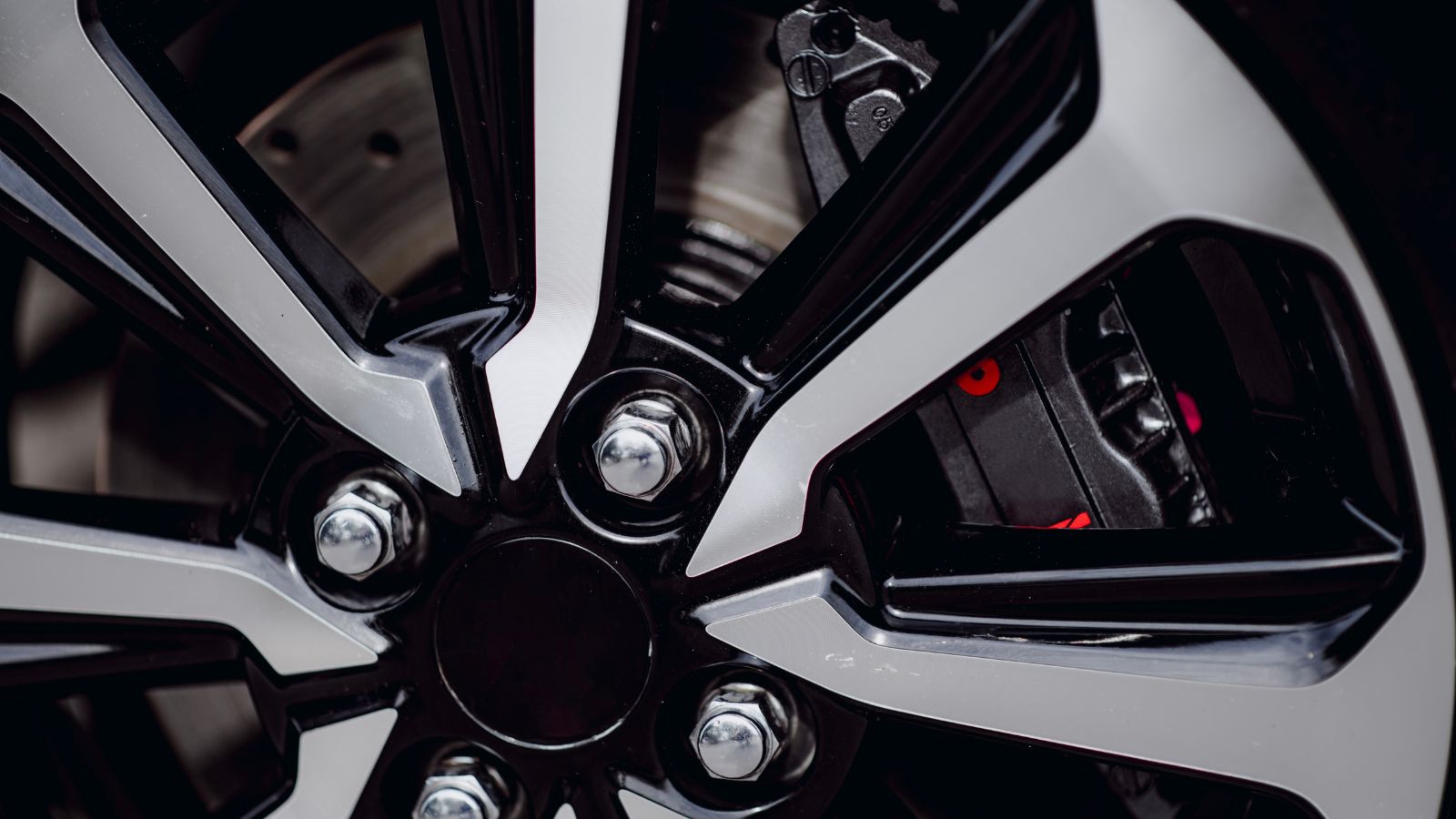
When it comes to performance cars, stopping power is just as important as going fast. Big brake kits promise better heat dissipation, reduced brake fade, and improved braking performance. For track enthusiasts, they’re often a must-have. However, for everyday driving, big brake kits can be overkill. They often require larger wheels to accommodate the bigger calipers and rotors, adding weight and affecting ride quality. Plus, they can be outrageously expensive.
Performance Chips – The Computer Says Yes
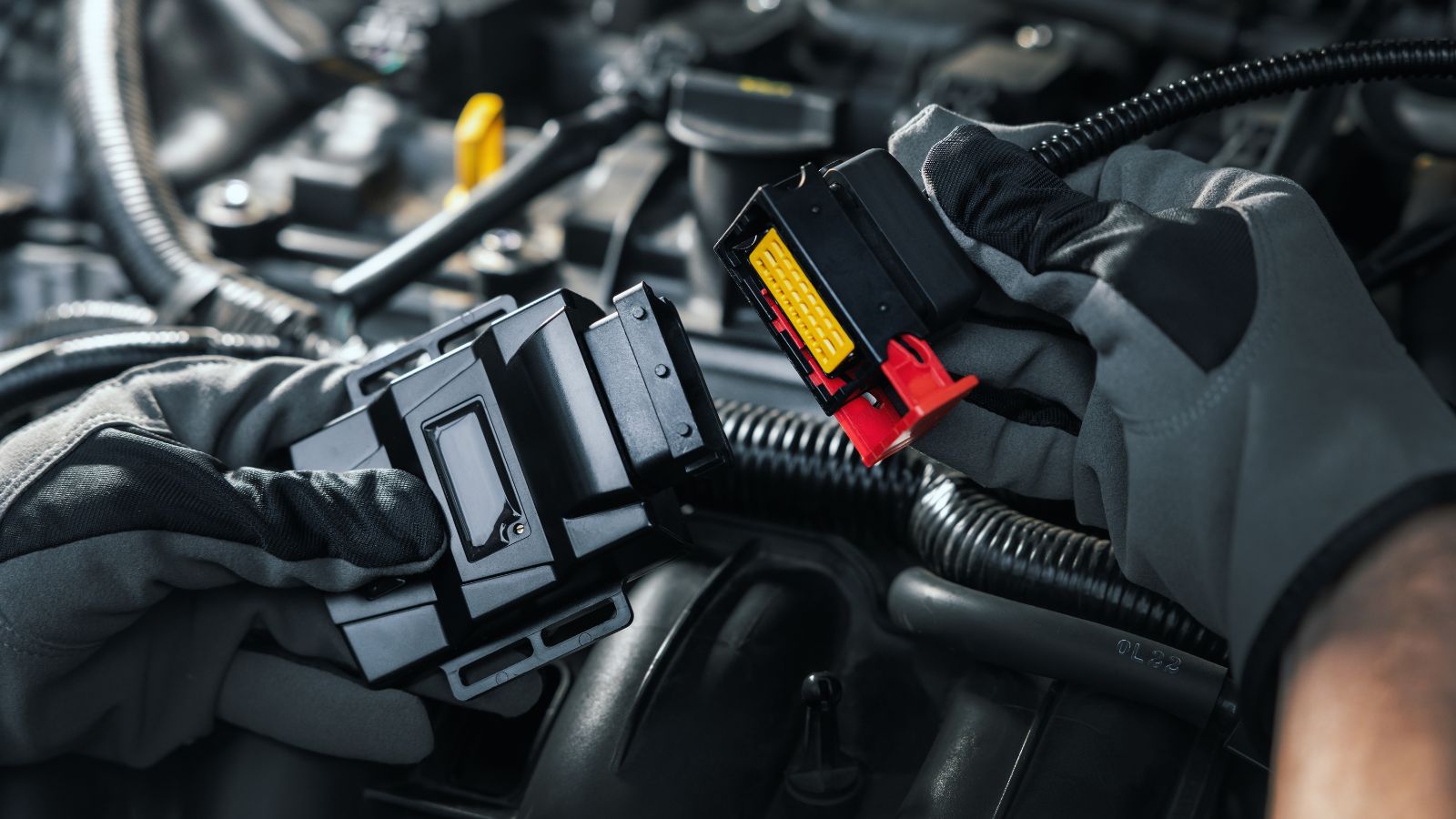
In the age of computers, it’s no surprise that performance chips (or tuning boxes) have become popular. These devices reprogram your car’s ECU (Engine Control Unit) to optimize power output, often boosting horsepower and torque. The problem, however, lies in the potential for engine damage and warranty issues. Not all performance chips are created equal; some can push your engine beyond its safe limits. Moreover, many car manufacturers frown upon aftermarket tuning, and installing a performance chip can void your warranty.
Widebody Kits – Style Over Substance?

Widebody kits are the epitome of aggressive styling. They make your car look like it rolled off a race track, with flared fenders and a wider stance. They can also improve handling by allowing wider tires and a broader track. Installing a widebody kit often involves cutting into the car’s body, which can be a point of no return. It’s also easy to cross the line from aggressive to absurd, turning your sleek machine into a cartoonish caricature. Additionally, the broader tires can affect ride quality and fuel economy.
Coil-over Suspension – The Height of Adjustment
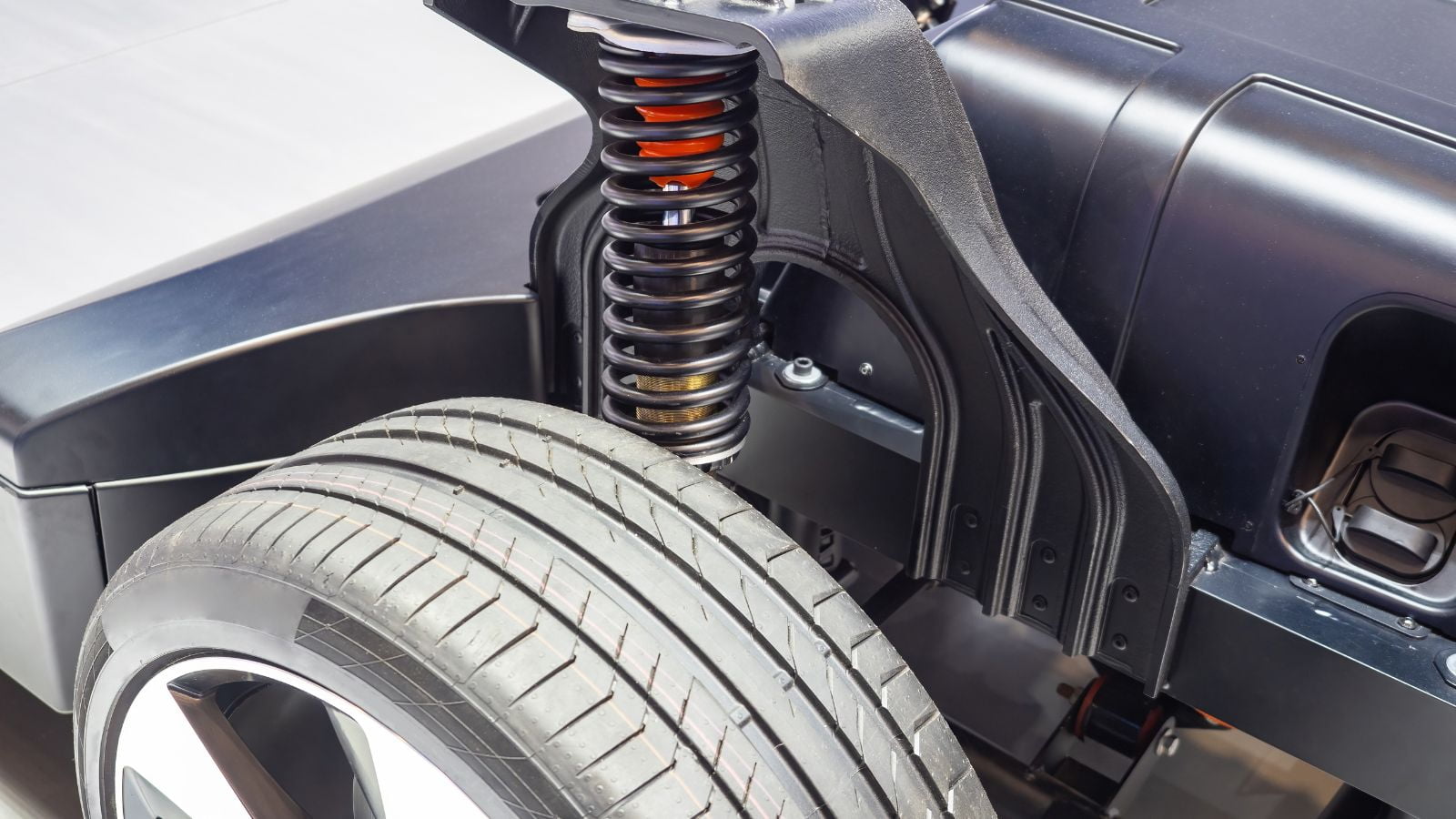
Coil-over suspensions offer adjustable ride height and stiffness, allowing you to tailor your car’s handling to your liking. For enthusiasts, they’re a dream come true. The controversy? They’re not for the faint of heart or light of wallet. Properly setting up coilovers requires a good deal of knowledge and precision. Poorly installed or adjusted coil-overs can ruin your ride quality and handling. They can also lead to uneven tire wear and suspension damage. It’s a high-stakes game where the payoff can be sublime handling, but the cost of failure is steep—literally and figuratively.
Roll Cages – Safety First, or Overkill?
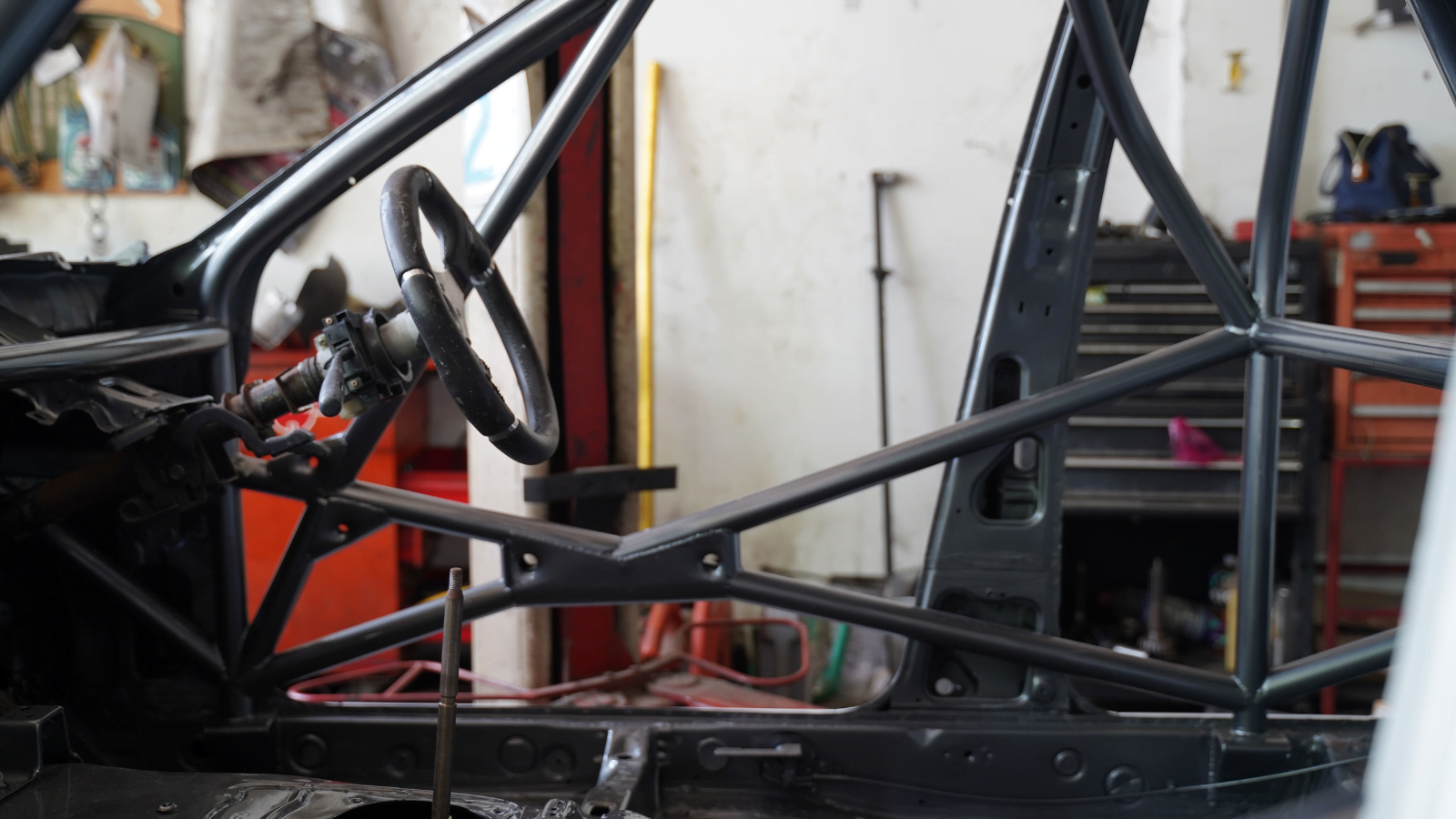
Roll cages are the ultimate safety upgrades designed to protect occupants during rollovers. For track cars, they’re essential. However, for streetcars, they are often unnecessary and can even be dangerous. Roll cages can make entry and exit difficult, and without proper padding, they can be a hazard in a crash. There’s also the aesthetic and practical consideration—cages take up space and can make your car look more like a demolition derby entry than a daily driver. Roll cages are a commitment to safety, but one that might not be worth it for the average Joe.
12 Cars That Are Known for Their Unbreakable Reliability — They Just Don’t Quit
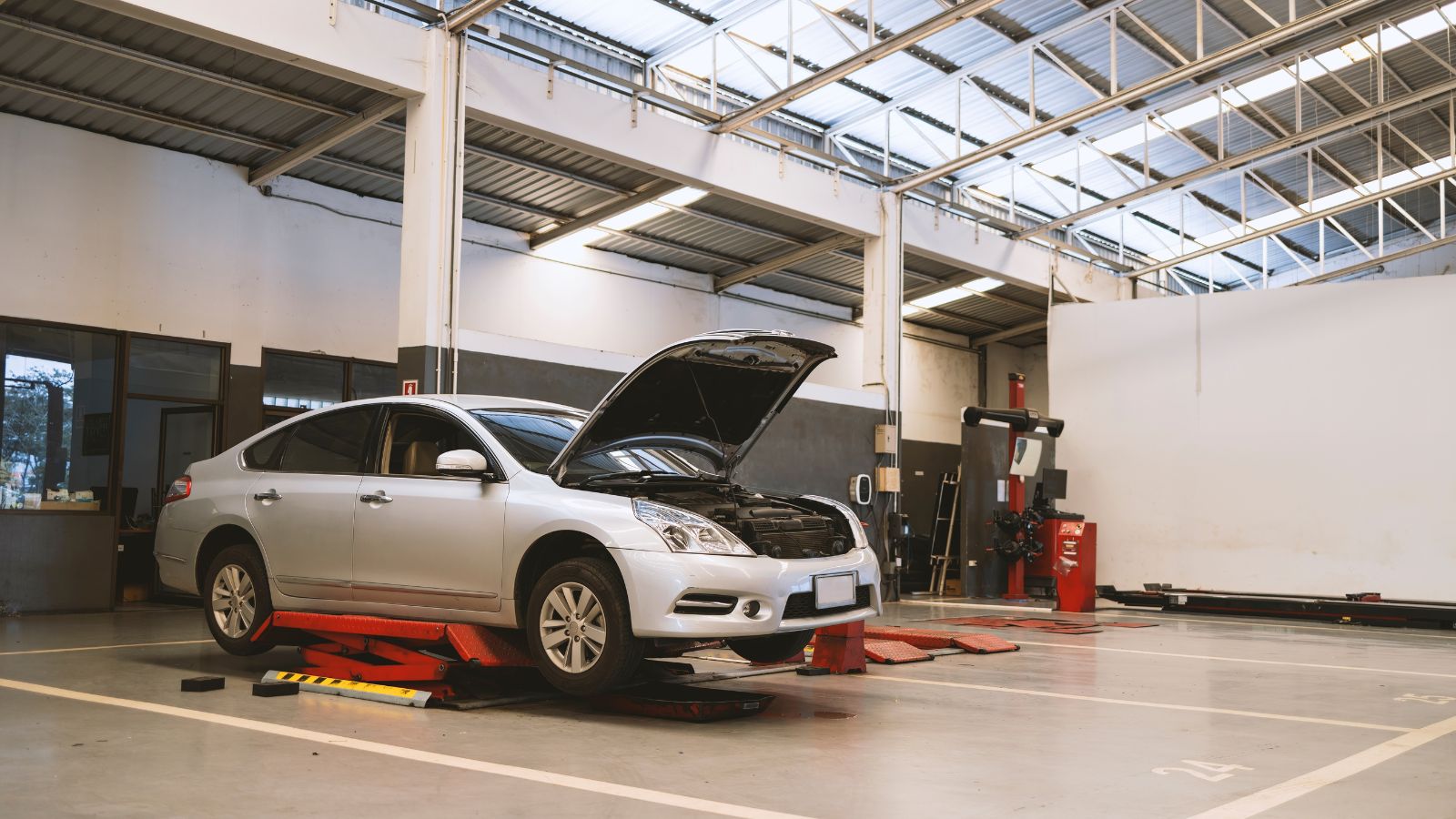
Reliability is a core feature that defines a vehicle. Over the last few decades, some vehicles have emerged as a reliable and durable option, standing out as workhorses that never quit. These vehicles not only prove themselves in terms of performance but transcend their role and become reliable partners, always fulfilling their role. Here are 12 Cars known for their unbreakable reliability.
12 Cars That Are Known for Their Unbreakable Reliability — They Just Don’t Quit
